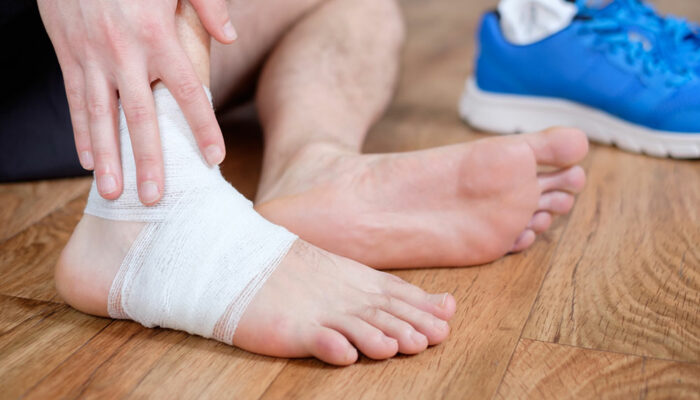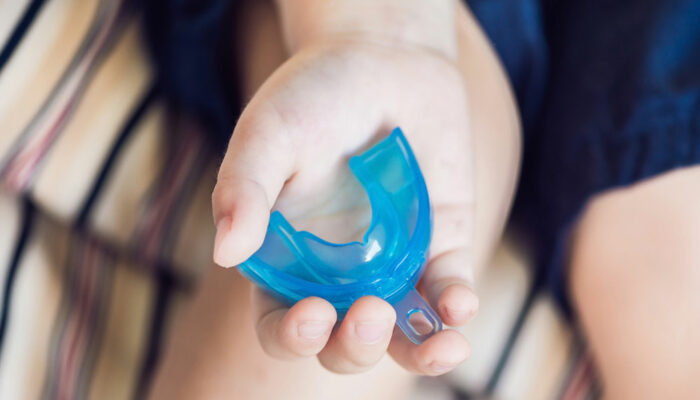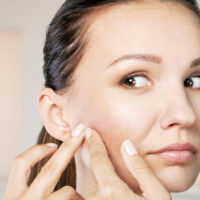
health
8 high-risk public places for respiratory viruses
Respiratory viruses, including the common cold, influenza, and especially the recent pandemic, have had the potential to spread rapidly in various environments. Understanding where these viruses are most likely to thrive can help individuals take proactive measures to protect themselves and others. Here are the eight common places most likely to breed respiratory viruses, and some tips on minimizing exposure to them and lowering the risk of infection are given. Public transportation Public transportation, such as buses, subways, and trains, can be breeding grounds for respiratory viruses. Crowded spaces, limited ventilation, and proximity to potentially infected individuals create an ideal environment for virus transmission. To stay safe, one is advised to wear a mask, maintain physical distance when possible, and use hand sanitizers. Healthcare facilities Hospitals, clinics, and doctor’s offices are essential for medical care but can harbor respiratory viruses. Visitors and patients should follow hygiene guidelines, including frequent handwashing and following isolation and quarantine protocols to reduce the risk of spreading the virus. Offices and workplaces Workplaces, where employees often spend long hours near each other, can facilitate the spread of respiratory viruses. Employers should promote remote work, enforce mask mandates, improve ventilation, and encourage sick employees to stay home to reduce outbreak risks.











